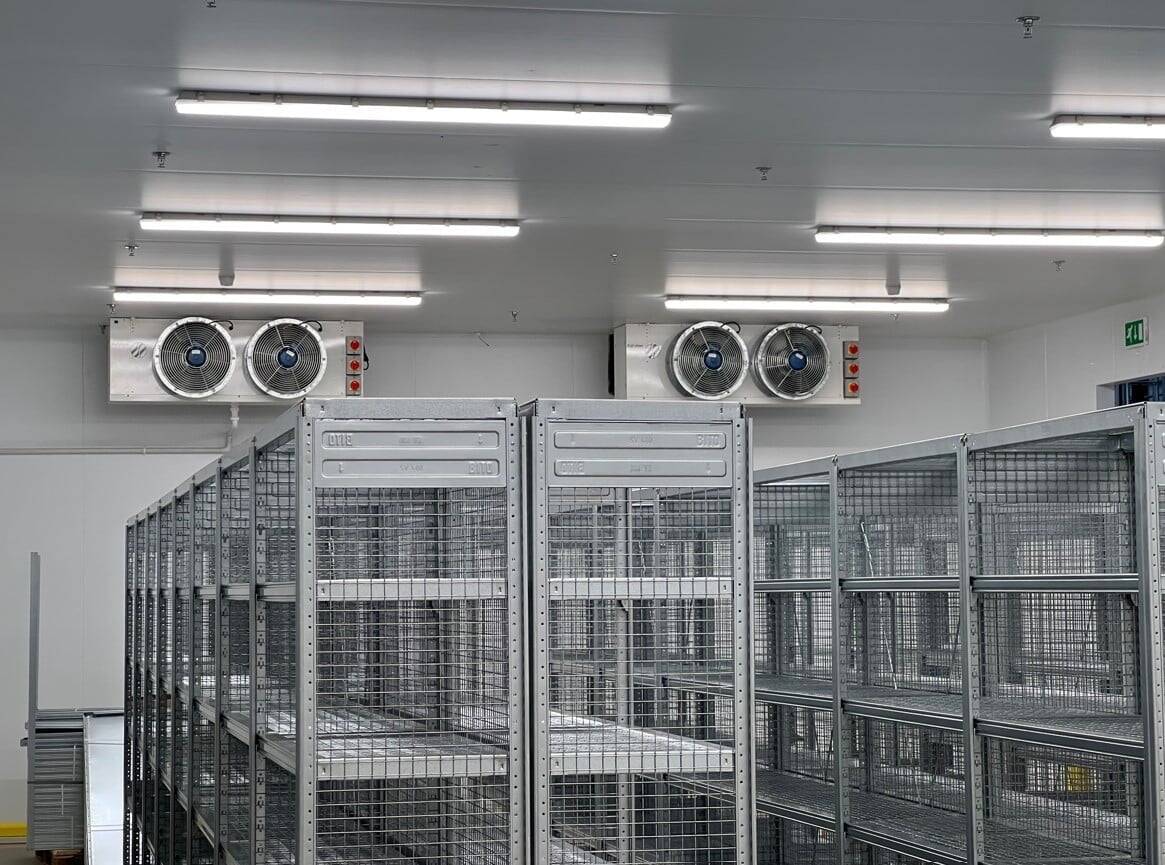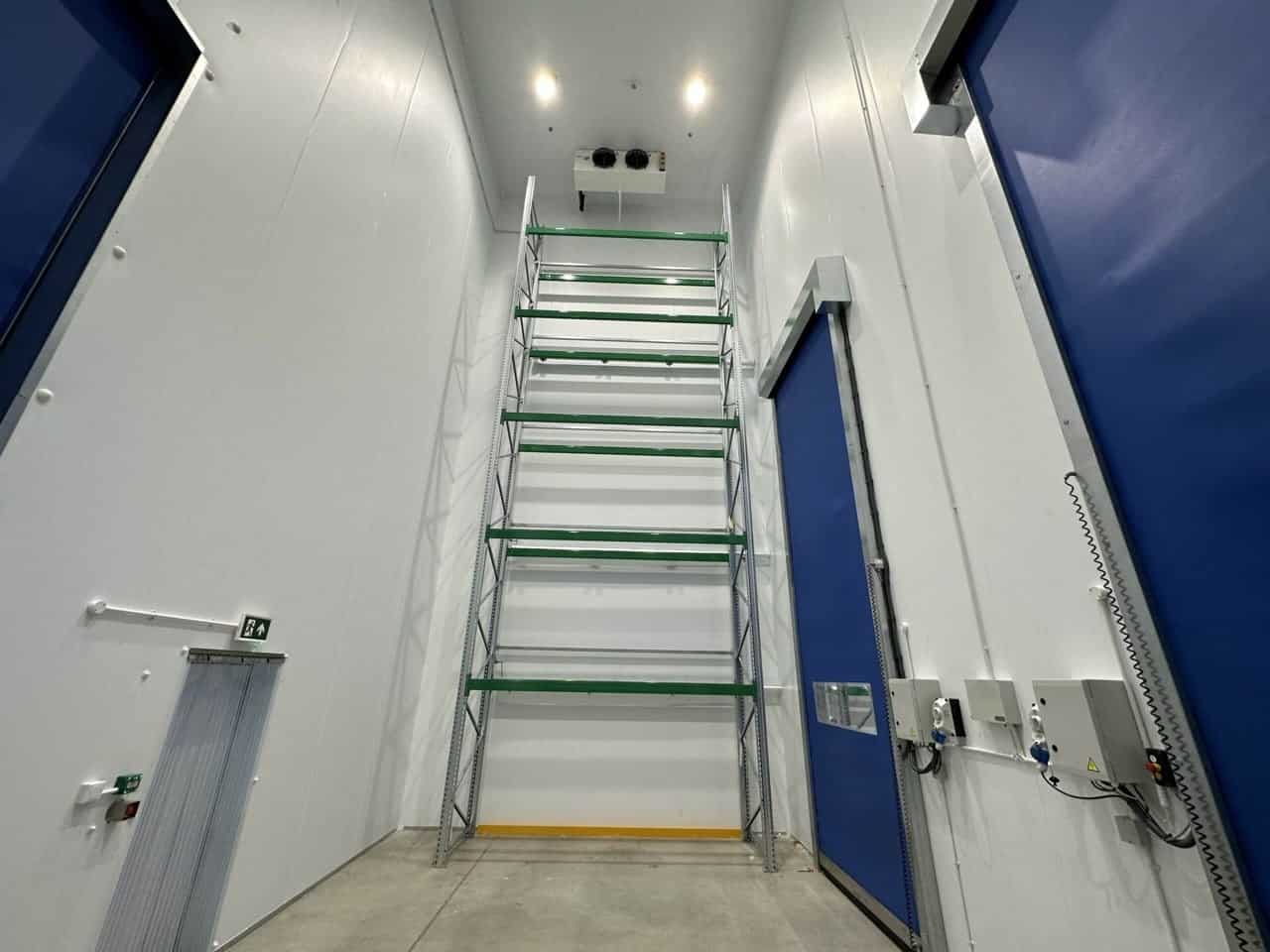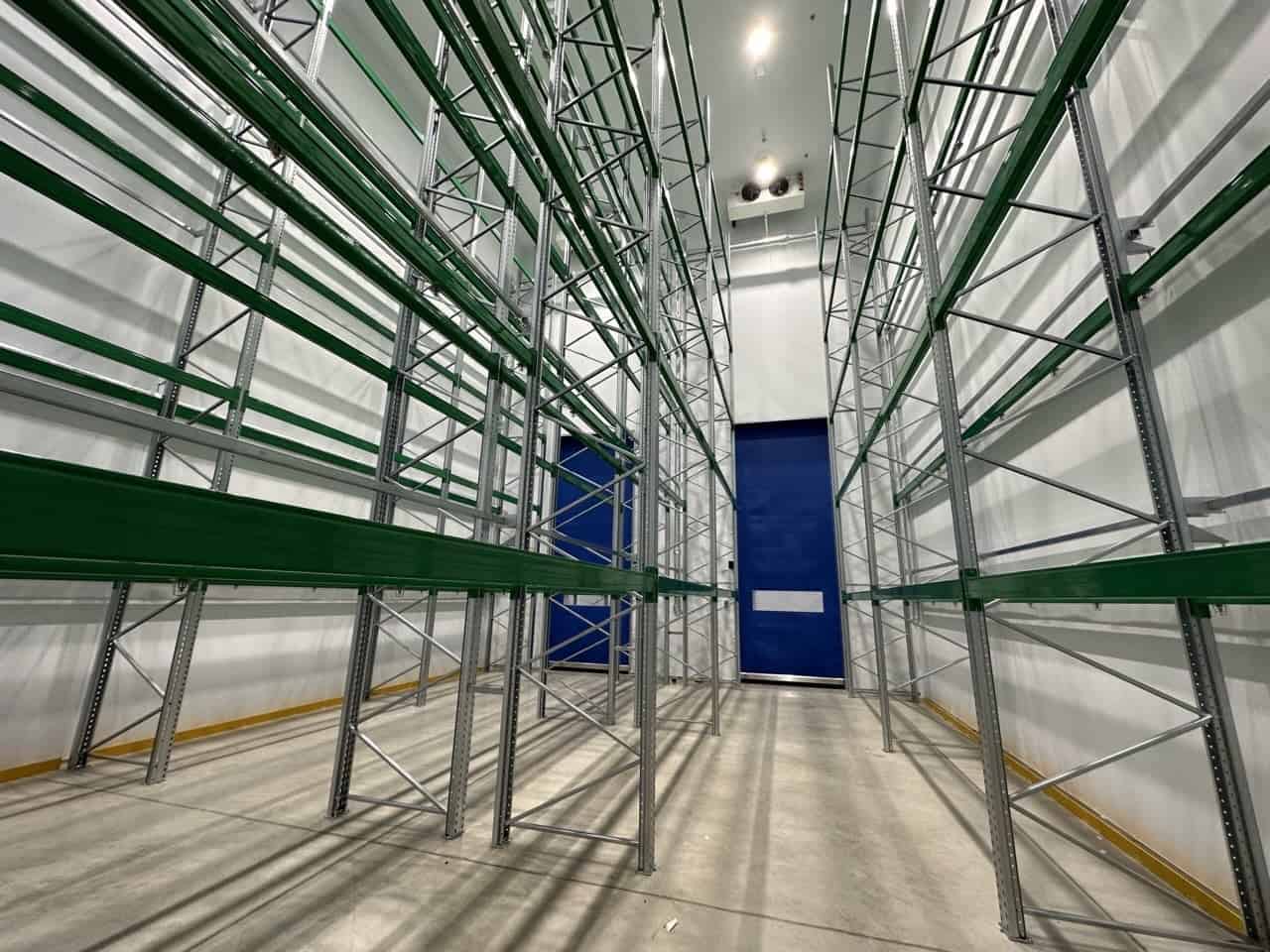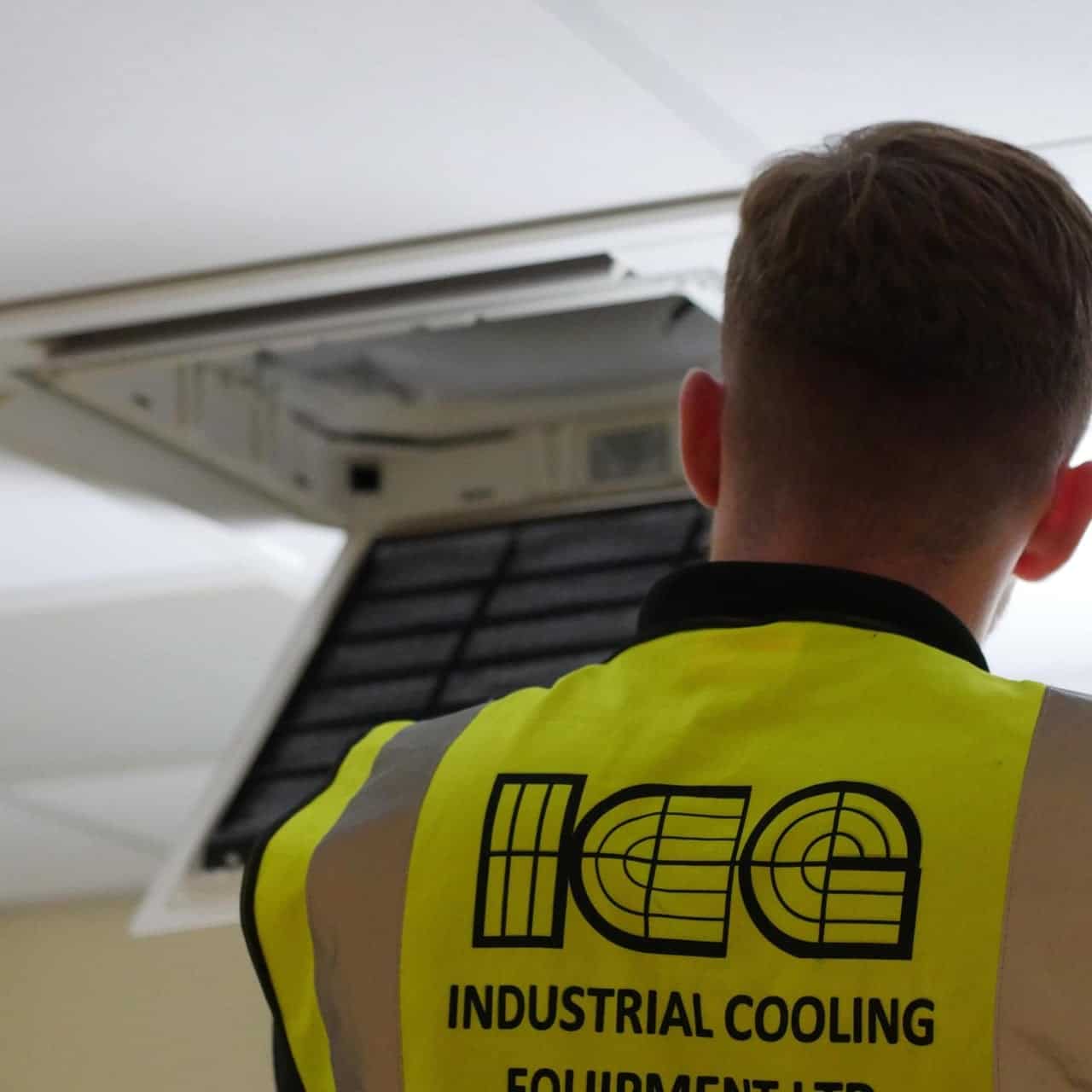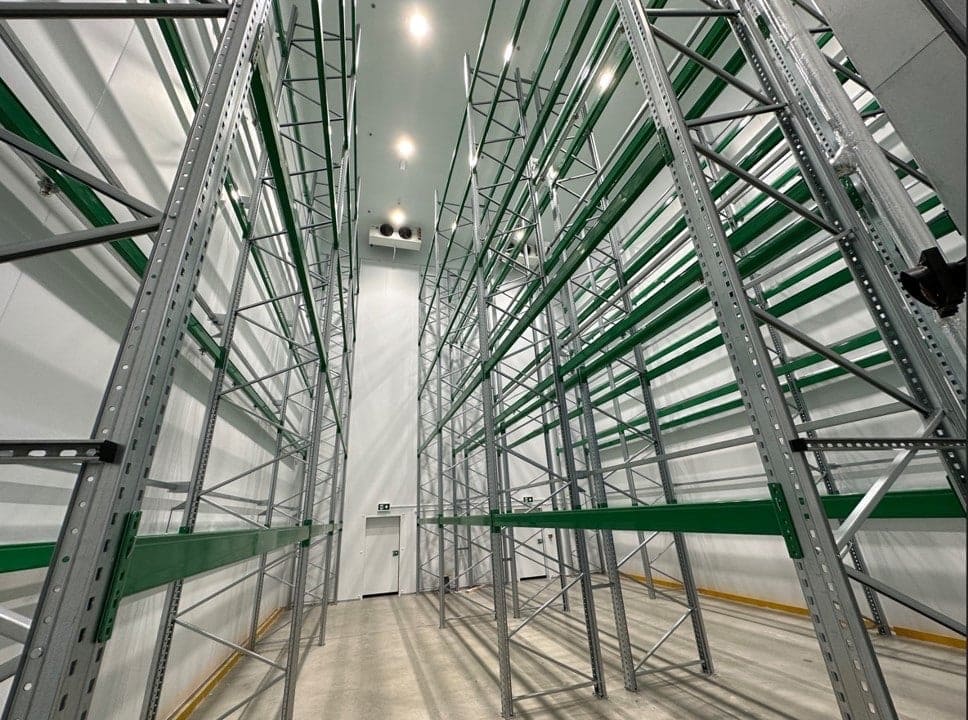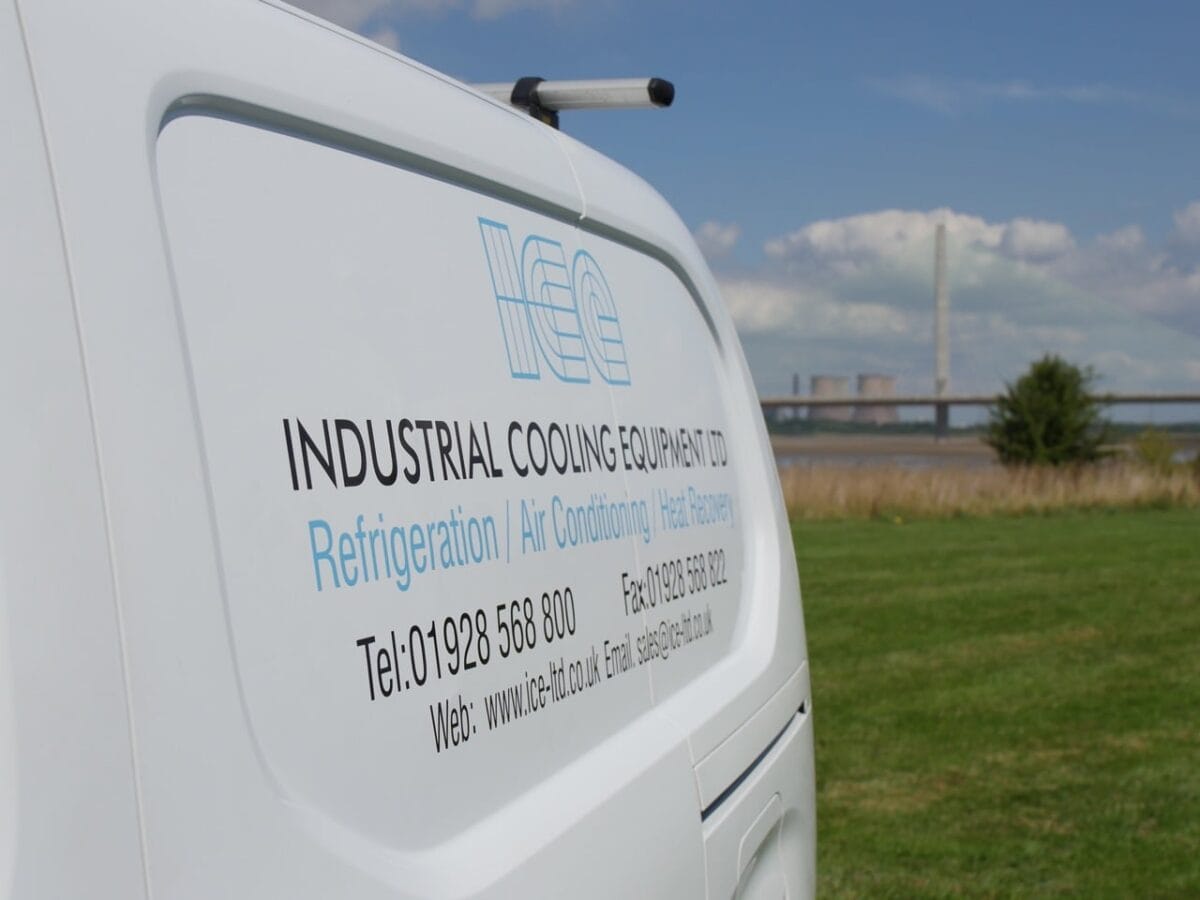Cold rooms are essential to the effective operation of a wide range of businesses and organisations. From catering to pharmaceutical research, within the health service, and across industry, cold rooms ensure that materials, ingredients, and products are kept at the right temperature and ready for use or sale. Cold rooms need to be carefully constructed to ensure efficient operation. Knowing how to build a cold room can ensure that some of the potential pitfalls are avoided. As with any complex technical installation, building a cold room requires a degree of professional knowledge, meaning that it’s best carried out by experienced professionals.
How do you make a perfect cold room?
The perfect cold room in any setting is one that’s able to maintain the required temperature and humidity level and makes efficient use of space. It should also be energy efficient and capable of withstanding busy environments.
Understanding how to build a cold room to meet these requirements is essential. The key factors to consider are:
Insulation
High-quality insulation materials are vital for maintaining the right temperature. They should have high thermal resistance and minimise the transfer of heat.
Precise Temperature Control
A reliable cool room needs precise temperature control to maintain the correct temperature throughout the cold room. Digital thermostats and remote monitoring capabilities make maintaining the right temperature simpler.
Good Airflow Management
Ensuring proper airflow throughout the cold room ensures that the correct temperature is maintained. This can involve the strategic placement of vents and fans to remove hotspots and ensure air circulation.
Energy Efficiency
The cold room should be as energy-efficient as possible, incorporating features such as high-efficiency compressors and LED lighting. This is crucial to ensure that operational costs are maintained over time.
Safety Features
A cold room should incorporate a range of features to ensure safe operation, such as emergency alarms, anti-slip flooring, and proper lighting.
How do you turn a normal room into a cold room?
Turning a normal room into a cold room can be a viable option in some situations. Firstly, you should assess the suitability of the room to become a cold room. Can it be effectively insulated and what kind of access does it offer?
High-quality insulation is critical and should be added to walls, ceilings, and floors. There should be no gaps or thermal bridges. All doors, windows, and other potential air leaks should be sealed. An insulated door with proper seals should be fitted. Appropriate flooring that’s able to withstand low temperatures while being easy to clean will be required.
A refrigeration unit that is appropriate for the size of the room and intended temperature range should be selected and installed. A reliable thermostat and monitoring system can help to maintain the desired temperature. Fans or ducting may need to be added to ensure proper airflow within the room.
How is a cold room built?
When considering how to build a cold room it can be helpful to break the process down into a number of steps:
Planning & Design
The size, purpose, and temperature requirements of the cold room should be set out. A detailed design that includes layout, insulation type, and other elements such as electrics, should be created.
Site Preparation
The site should be prepared by ensuring that it’s clean, level, and has sufficient drainage. This can prevent future structural issues from developing and supports good hygiene.
Insulation
Insulation panels should be installed on walls, ceilings, and floors. All joints should be tightly sealed to prevent thermal leaks.
Structural Frame
A structural frame may be required to support insulation panels and other components.
Refrigeration System
The refrigeration unit should be installed and connected to the power supply. It should be appropriately sized to maintain the desired temperature range.
Sealing & Doors
Insulated doors with proper seals should be installed to prevent air leakage. All joints and edges should be sealed properly.
Electrical Work
The electrical system, including lighting, temperature control, as well as any necessary alarms or monitoring should be installed. Opt for energy-efficient options such as LED lighting.
Ventilation & Airflow
Fans or air circulation systems may be required to ensure an even temperature throughout the cold room. Correct ventilation prevents moisture from building up and maintains air quality.
Shelving & Storage
The required shelving and storage, along with any other essential features should be added. All materials used should be suitable for low temperatures as well as being resistant to moisture.
Can you build a cold room with bricks?
Bricks have low thermal resistance meaning that they do not provide effective insulation. If they are used, then extensive additional insulation will be necessary to ensure energy efficiency, and to maintain the desired temperature.
Most modern cold rooms are constructed from materials that provide better thermal insulation, making them more energy efficient over the longer term.
Professional cold room installation from ICE
At ICE Ltd, we have nearly 9 decades of experience when it comes to bespoke refrigeration services. Our expert team can design, supply, install, and maintain your cold room, ensuring that it performs consistently and is fit-for-purpose.
Contact us to find out more about professional cold room installation and how it can benefit your business.
